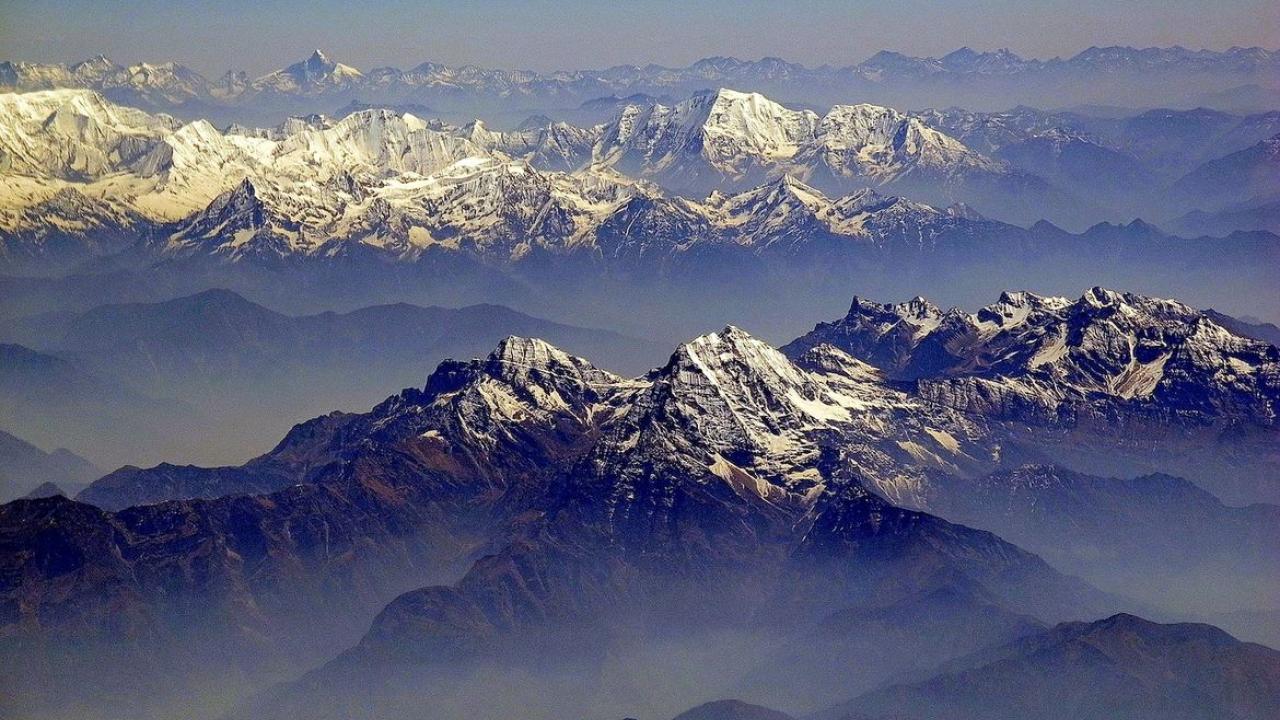UCLA professors Yongkang Xue and David Neelin, experts in atmospheric and oceanic sciences, found that soil temperature variations in the Tibetan Plateau affect major climate patterns, such as the East Asian monsoon. The monsoon is a series of seasonal rains that help grow food, generate power and maintain ecosystems in lands populated by more than a billion people.
The effect mirrors one that Xue’s research found in North America. When the Rocky Mountains are colder in spring, the southern plains are more likely to see dry weather or drought conditions in summer. Conversely, a warmer spring increases the chance of wet conditions — including extreme flooding, such as Houston’s catastrophic Memorial Day Flood of 2015.
“It’s not only that the Tibetan Plateau’s temperature influences the eastern part of the lowland plains in China and the Rocky Mountains influence precipitation in the southern plains — it’s global,” Xue said.
The goal of the research, which was organized by the World Climate Research Program, is to improve the ability to predict weather conditions months and seasons ahead. More effectively doing so could save billions or even trillions of dollars by giving industries such as agriculture better guidance. Having advanced knowledge of a light monsoon season, for example, could guide farmers to plant more drought-tolerant crops. Better predictions can also help protect human lives in extreme weather and flooding.
Read more at UCLA Newsroom.
Image Source: Michel Royon/Wikimedia Commons





